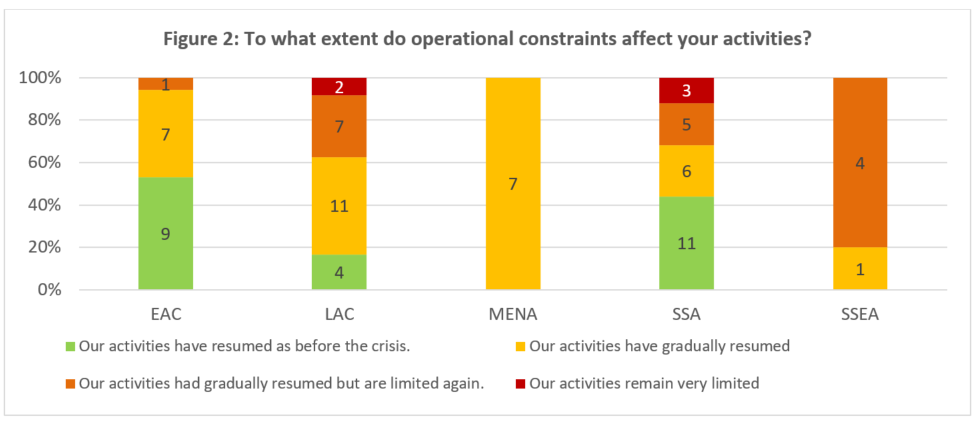
They are guaranteed $100 per race which could lead to about $10,000 per month––an average earning. “Jockeys aren’t that short when they stand on their own money,” Benigar says with a smile. It’s a risk they’re willing to take, as the career can be quite lucrative. We always hope that the jockey is still in the saddle when the horse comes back down, but that doesn’t always happen,” says Benigar. “Sometimes the horse rears up and the jockey goes with them.

#POCKET STABLES BREEDING GUIDE PROFESSIONAL#
You’ll most likely spot some of the trainers and handlers taking their breaks here.Īs for the professional jockeys, this sport is considered one of the most dangerous due to the four-legged athletes’ demeanor upon which they are perched. Take a stroll just beyond the stables about a half mile to the Track Kitchen where you can grab a meal or snack. Afterwards, explore the rest of the complex, as it’s an all-access pass kind of experience.
#POCKET STABLES BREEDING GUIDE FREE#
You can see these tenacious trainers and horses in action any given morning and free of charge from 6 a.m. Training days start around 4am and are easily 12-hour days of exercising multiple horses. If the horse breezes the entire track, it’s another 10 days before he can run that fast again. Once they’re up for the task, the trainer will let them go ahead and “breeze.” That’s when they’ll run wide open at speeds upwards of 40 MPH on the 8.5 furlong track. He laughs, “That horse could never win in that condition.” Just like humans, they have to condition themselves to be winners. Keeneland Morning WorkoutĪs I talk with Benigar, I hear a horse huffing out on the track. He says that’s why trainers love it when visitors come out to the track so that the horses can get used to people without distraction. “A Thoroughbred can’t win running sideways,” Benigar winks. They almost prance sideways at times, much to their trainers’ chagrin. The horses are often high strung and ready to go. Here the horses take a leisurely stroll each morning just to get used to things prior to exercising. He points to the paddock made from recycled car tires just prior to the track’s entrance. The horses begin racing at 2 years of age and “are bred to have Don Knotts legs and an Arnold Schwarzenegger chest,” Benigar laughs. I’m told by my guide, Steve Benigar that they can weigh up to 120 pounds which may not seem like a lot, but it’s meant to lighten the load on race day with professional jockeys weighing in at less than 110 pounds. I was determined to at least be conversational.įor starters, Thoroughbreds are trained on the main track daily by exercise jockeys, many of whom are females. To become a winner, it takes stamina and perseverance to master this powerful language. Keeneland opened with its first race in October of 1936. Still, his vision persisted as a team of professionals and an association of horse farmers took the reins. Prohibition was knocking on Bourbon Country’s front door, meanwhile Keene was onto something big.Īs he began building without a mere mention of blueprints, his demise was met by micromanagement and the looming Great Depression. While there’s a high profit for tobacco, which was once the crop raised onsite in the late 1700s, John Oliver Keene raised the stakes more than a bit when he declared raising horses was the way to go. The vastness is by design to protect not only history, but also Keeneland’s jaw dropping views. Spanning more than 1000 acres, the finest track in all of the world is front and center. Soon, the pentameter of Thoroughbred hooves took over my airspace, along with the sheer force of horse power during that morning’s workout. I could hear the planes in the near distance as they approached the Blue Grass Airport just across Versailles Road. The trees lining the entrance had just begun to turn a most brilliant red. Lord knows why it took me so long, but it was a frosty morning the day I first visited Keeneland. But, land sakes alive, winning sure does feel divine. And, as any winner will tell you, they’ve failed more than they’ve won. It’s a certain language the jockey and horse speak which makes all the difference between winning and losing.įluent in the language of winning, Lexington, Kentucky is known as the Horse Capital of the World.

Because the jockey rarely meets the horse prior to race day, tips from the groom like “this horse likes the rail” gives the jockey an invaluable advantage. To “get a leg up” is when a Thoroughbred’s groom boosts a jockey up upon his horse.


 0 kommentar(er)
0 kommentar(er)
